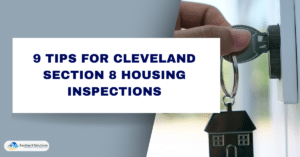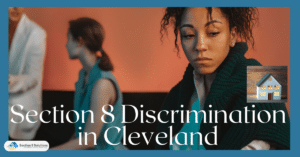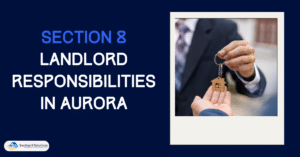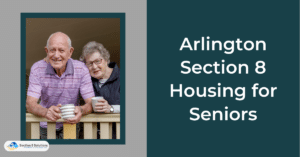Maryland provides inexpensive Section 8 housing for qualifying individuals and families. These initiatives provide safe, quality housing by closing the income-housing gap. Maryland Section 8 housing programs help low-income people stabilize their residence.
In this blog post, we aim to provide you with a thorough overview of these programs and their vital role in addressing affordable housing needs.
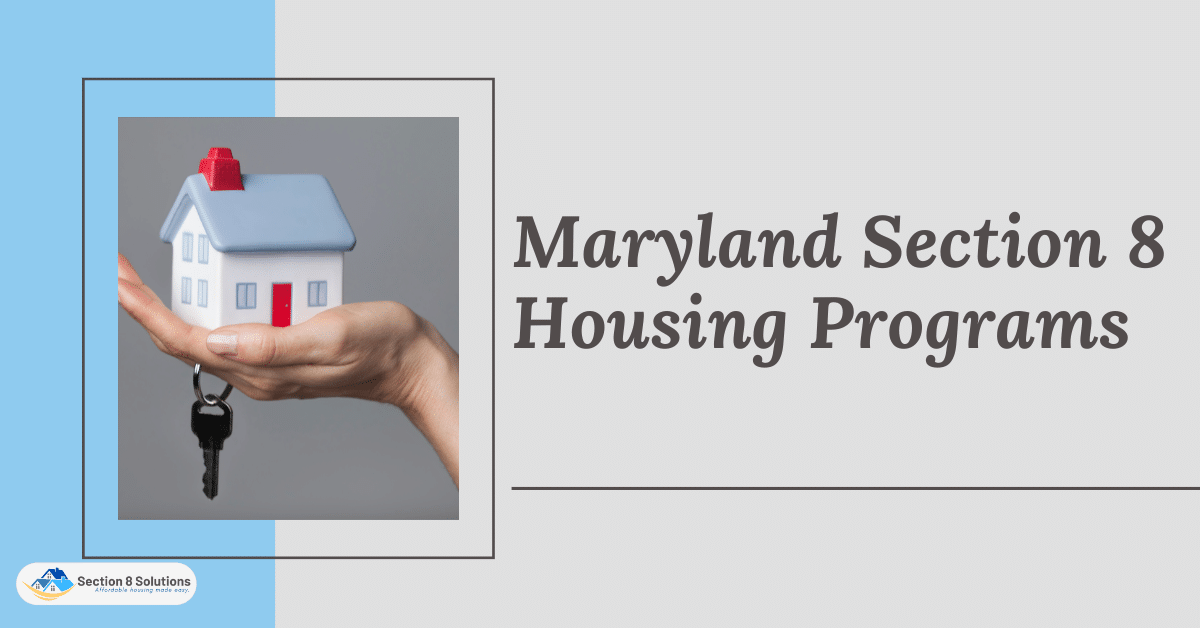
Understanding Section 8 in Maryland
Section 8 provides affordable housing for qualified Maryland residents. It helps low-income families afford homes. Section 8 programs help qualified participants afford safe, quality housing by subsidizing their rent.
Maryland has many Section 8 programs to suit citizens’ needs. Housing Choice Vouchers and Project-Based Rental Assistance are popular. Eligible participants may utilize Homes Choice Vouchers to rent private homes. Project-Based Rental Assistance directly subsidizes housing units, keeping them affordable for qualifying people and families.
HUD, local housing authorities, and landlords collaborate on Section 8 programs. Local housing authorities manage HUD-funded programs. These housing authorities collaborate with landlords to provide appropriate accommodation for voucher recipients. Section 8 landlords agree to property inspections and rent limits with housing authorities.

Eligibility Requirements in Maryland
To participate in Section 8 programs in Maryland, applicants must meet specific eligibility criteria. These criteria typically include income limits, citizenship or eligible immigration status, and background checks.
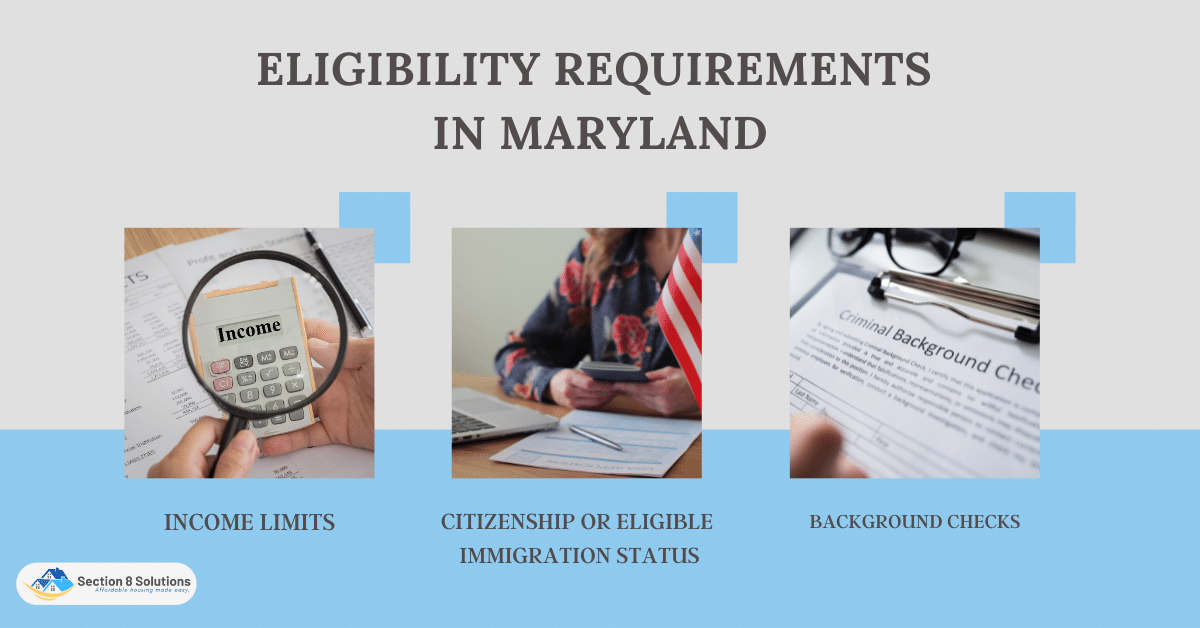
1. Income Limits
The primary eligibility factor for Section 8 programs in Maryland is income. Eligibility is based on the applicant’s household income, which should be below a certain percentage of the area median income (AMI). Income limits vary depending on the program and the specific location within Maryland. The goal is to target assistance to those with the greatest need.
2. Citizenship or Eligible Immigration Status
Applicants must meet citizenship or eligible immigration status requirements. Typically, eligible individuals must be U.S. citizens or have eligible immigration status, as defined by the U.S. Department of Housing and Urban Development (HUD). Proof of citizenship or immigration status is usually required during the application process.

3. Background Checks
Housing authorities conduct background checks as part of the eligibility determination process. These checks are conducted to assess an applicant’s rental history, criminal records, and any violations of program rules. Certain criminal convictions, particularly those related to drug-related offenses or violent crimes, may impact eligibility.
It is important to note that eligibility requirements may vary slightly depending on the specific Section 8 program and the local housing authority in Maryland. Some programs may have additional requirements or preferences, such as targeting specific populations or prioritizing households experiencing homelessness or domestic violence situations.
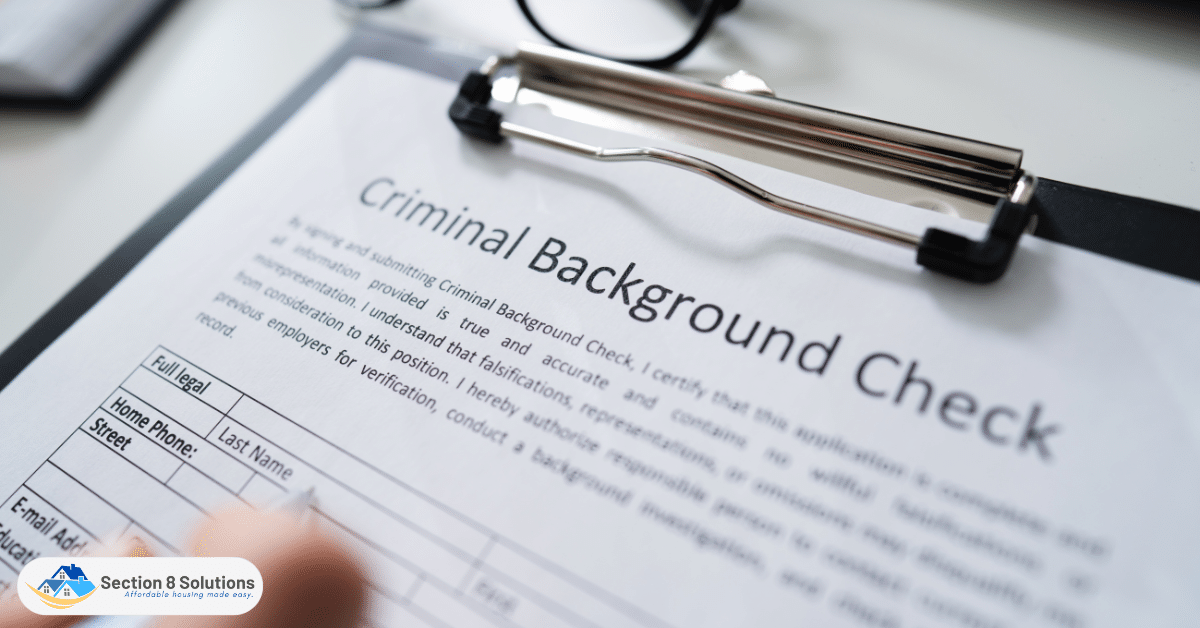
Housing Choice Voucher Program
Section 8 programs in Maryland include the Housing Choice Voucher Program, which gives qualified participants vouchers to rent private housing. This initiative allows low-income families to find safe, affordable homes.
Vouchers subsidize voucher holders’ landlord rent. Income and local housing authority payment conditions influence the assistance. Voucher recipients pay the remaining rent, usually 30% of their adjusted income.
Housing Choice Voucher residents have obligations. They must pay their rent on time, maintain the rented apartment, and follow their lease agreement. Voucher holders must notify their local housing authority of any income or family composition changes since these might alter eligibility and subsidy amounts.

Project-Based Rental Assistance
Project-Based Rental Assistance (PBRA) is another significant component of Section 8 programs in Maryland. PBRA involves the direct subsidy of specific housing units, ensuring that eligible low-income individuals and families have access to stable and affordable housing options.
Unlike the Housing Choice Voucher Program where participants can choose their housing in the private market, PBRA ties the rental assistance to specific housing developments. In PBRA, the subsidy is attached to the unit rather than the tenant. This means that eligible individuals or families can only receive rental assistance if they reside in a designated PBRA unit.
Maryland housing authorities and property owners collaborate on PBRA. Local housing authorities work with developers to set aside a specified number of units for qualified families and individuals. The property owner receives rental assistance directly and must maintain the apartments and charge qualified tenants a fair rate depending on their income.

Support Services and Resources
Maryland Section 8 recipients get more than housing aid. These programs encourage home stability, self-sufficiency, and well-being. Support services for Maryland Section 8 participants include:
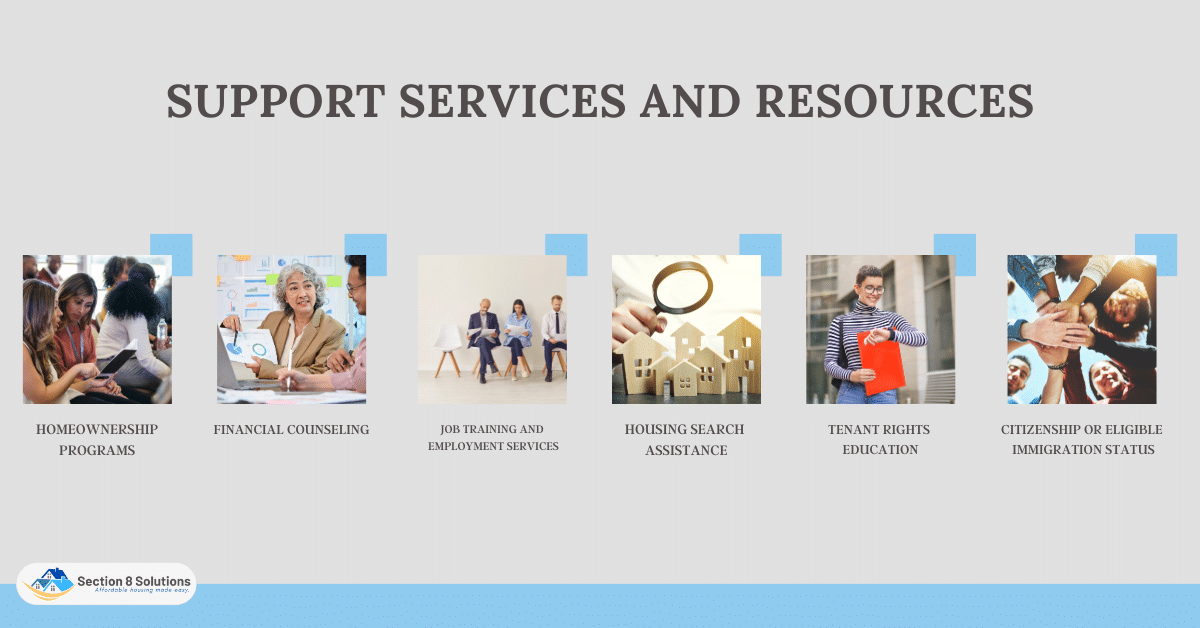
- Homeownership Programs: Maryland has low-income homeownership initiatives. These programs help Section 8 tenants buy houses by providing financial aid, counseling, and education.
- Financial Counseling: Financial counseling helps people budget, manage debt, and improve credit. These programs help families make smart financial choices and achieve long-term stability.
- Job Training and Employment Services: Maryland partners with local organizations and agencies that offer job training, employment placement, and career development services. These resources help participants access better job opportunities, increase their earning potential, and achieve greater financial independence.
- Housing Search Assistance: Local organizations collaborate with housing authorities to provide assistance with housing searches. They offer resources such as listings of available units, landlord outreach, and support in navigating the rental market.
- Tenant Rights Education: Partnerships with tenant advocacy organizations and legal aid services ensure that Section 8 participants are aware of their rights and responsibilities as tenants.
- Community Engagement and Support: Maryland fosters partnerships with community organizations that offer various supportive services. These services may include childcare assistance, healthcare referrals, counseling, and other programs that address the holistic needs of individuals and families.
Maryland Section 8 Housing Programs provide support services and resources beyond housing assistance. They boost home stability, self-sufficiency, and participant well-being. These local relationships help people and families to overcome problems and achieve a better future. Maryland Section 8 Housing Programs help disadvantaged people stabilize and build strong communities.
Conclusion
Maryland Section 8 Housing Programs play a crucial role in addressing affordable housing needs. By providing flexible housing options and support services, these programs improve housing stability and enhance the overall well-being of individuals and families.
Through partnerships with housing authorities, landlords, and local organizations, Maryland Section 8 participants gain access to a range of resources that empower them to achieve self-sufficiency and build brighter futures. These programs make a positive impact on communities, fostering stronger and more inclusive neighborhoods throughout Maryland.



